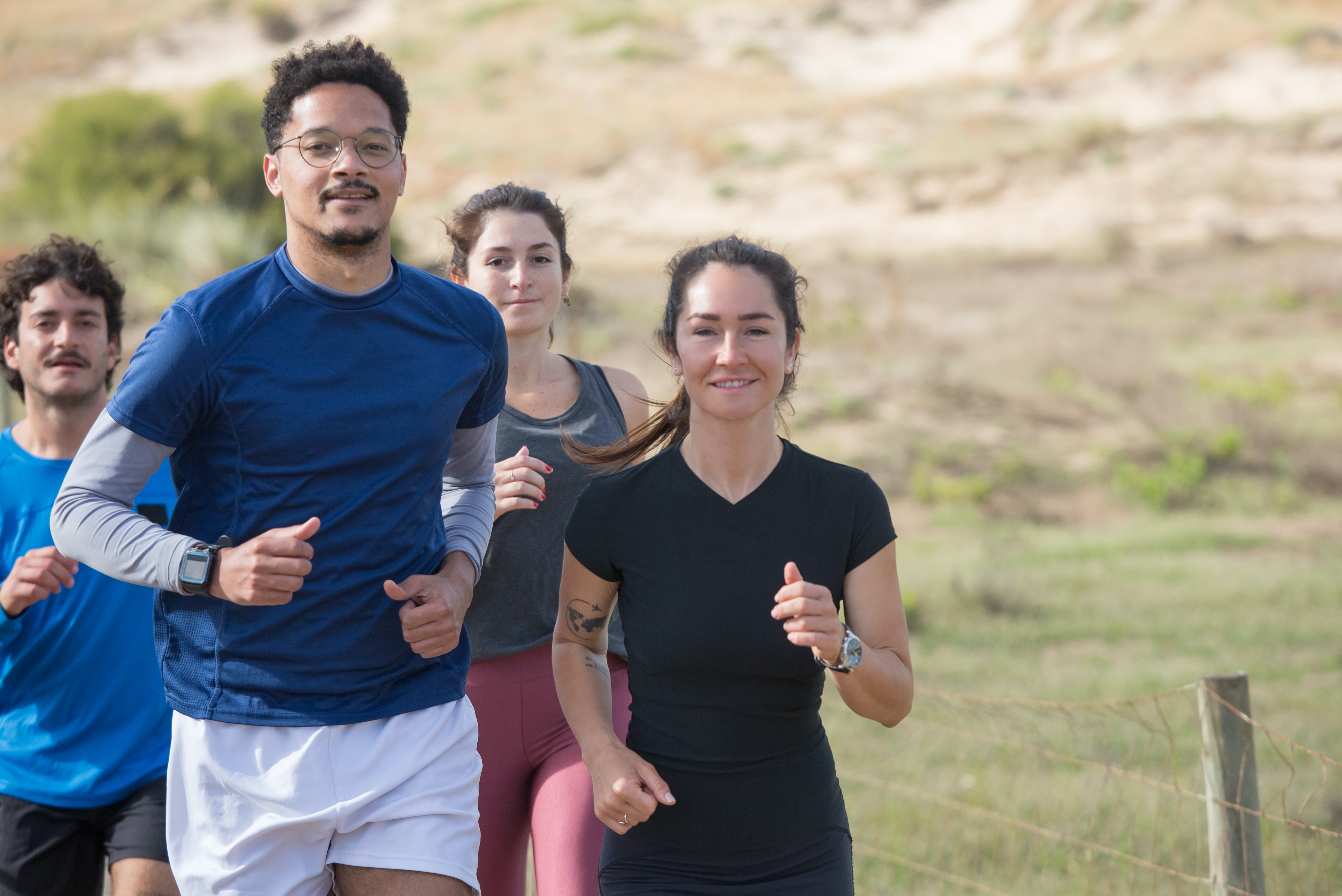The Latest Trend In Fitness: Small Group Training

Small-group training is not the same as typical workout classes. Trainers in small group training do not engage in the session; instead, they serve as individualized educators for everyone who attends. Small-group training typically has a focus and requires a long-term commitment. Classes are typically limited to 10 students and last approximately 4-6 weeks (sometimes they can extend to about 8–10 weeks).
The focus of small group training might change based on the skill that the group is attempting to learn. Small group training, for example, can assist you in preparing for a marathon or spartan event, as well as in developing more skilled focus activities such as Olympic weightlifting and advanced yoga.
What other advantages can small group training offer other than sport-specific training?
- Money wise .Personal, one-on-one instruction can be expensive, especially if you wish to work with a highly experienced instructor. With small group training, you can save a lot more money while still getting the adequate one-on-one attention you're searching for.
- You continue to receive personalized attention. With a restricted number of participants per group, the instructor has time to correct form, offer you more difficult exercises if you're growing quickly, and converse with you to create the best friend bond that everyone wants with their personal trainers!
- The workout is never boring. There is usually a goal in mind with small group sessions, and the class continues to change and progress as everyone in the class gets more advanced.Everyone in your small group class is working toward the same objective, so everyone can help each other along the way. You have people cheering you on, inspiring you when you're lacking inspiration, and bringing about friendly rivalry to push you beyond what you thought you were capable of.
You may have all of the benefits of one-on-one training while also having the added benefit of a small, supportive team to motivate you, saving money, having plenty of variety so you never get bored, and having a higher chance of long-term success.
Small group training appears to be a very appealing alternative for individuals, particularly the younger generation, because it is still affordable to work with top-quality fitness specialists. Small-group training programs appear to be very successful in fitness studios and gyms alike.
REFERENCES:
Andersen, CA, Clarsen, B, Johansen, TV, and Engebretsen L. High prevalence of overuse injury among iron-distance triathletes. British Journal of Sports Medicine 47: 857-861, 2013.
Bazyler, CD, Abbott, HA, Bellon, CR, Taber, CB, and Stone, MH. Strength training for endurance athletes: Theory to practice. Strength and Conditioning Journal 37(2): 1-12, 2015.
Benjamin, C. Acute:chronic workload ratio monitoring for athlete performance. NSCA Coach 3(4): 22-25, 2016.
Bonacci, J, Green, D, Saunders, P, Blanch, P, Franettovich, M, Chapman, A, et al. Change in running kinematics after cycling are related to alterations in running economy in triathletes. Journal of Science and Medicine in Sport 13(4): 460-464, 2010.
Haff, GG and Triplett, NT (Eds). Essentials of Strength Training and Conditioning. (4th ed.) Champaign, IL: Human Kinetics; 2015.
Hulin, BT, Gabbett, TJ, Blanch, PC, Chapman, P, Bailey, D, and Orchard, JW. Spikes in acute workload are associated with increased injury risk in elite cricket fast bowlers. British Journal of Sports Medicine, 2013



